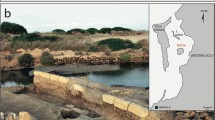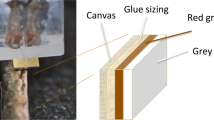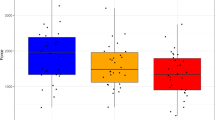Abstract
DURING the course of my work in the experimental fracture of flint by (a) human blows delivered by a hammer-stone, (b) unguided percussion, (c) unguided pressure, and (d) the application of heat, it became, in my opinion, possible, by a close examination of an extensive series of each of the differing types of flaking produced by these various methods of fracture, to differentiate between the work of man, and that of Nature (“Pre-Palæolithic Man,” W. E. Harrison, publisher, Ipswich). While engaged upon this research I was much interested to notice that not only the type of flaking of the different series served to distinguish them from each other, but also that this difference appeared to find support, though in a less obtrusive manner, in the appearance of the surface of the flints broken by the methods above enumerated.
This is a preview of subscription content, access via your institution
Access options
Subscribe to this journal
Receive 51 print issues and online access
$199.00 per year
only $3.90 per issue
Buy this article
- Purchase on Springer Link
- Instant access to full article PDF
Prices may be subject to local taxes which are calculated during checkout
Similar content being viewed by others
Author information
Authors and Affiliations
Rights and permissions
About this article
Cite this article
MOIR, J. The Microscopical Examination of Flint Surfaces. Nature 119, 560–561 (1927). https://doi.org/10.1038/119560b0
Published:
Issue Date:
DOI: https://doi.org/10.1038/119560b0
Comments
By submitting a comment you agree to abide by our Terms and Community Guidelines. If you find something abusive or that does not comply with our terms or guidelines please flag it as inappropriate.



